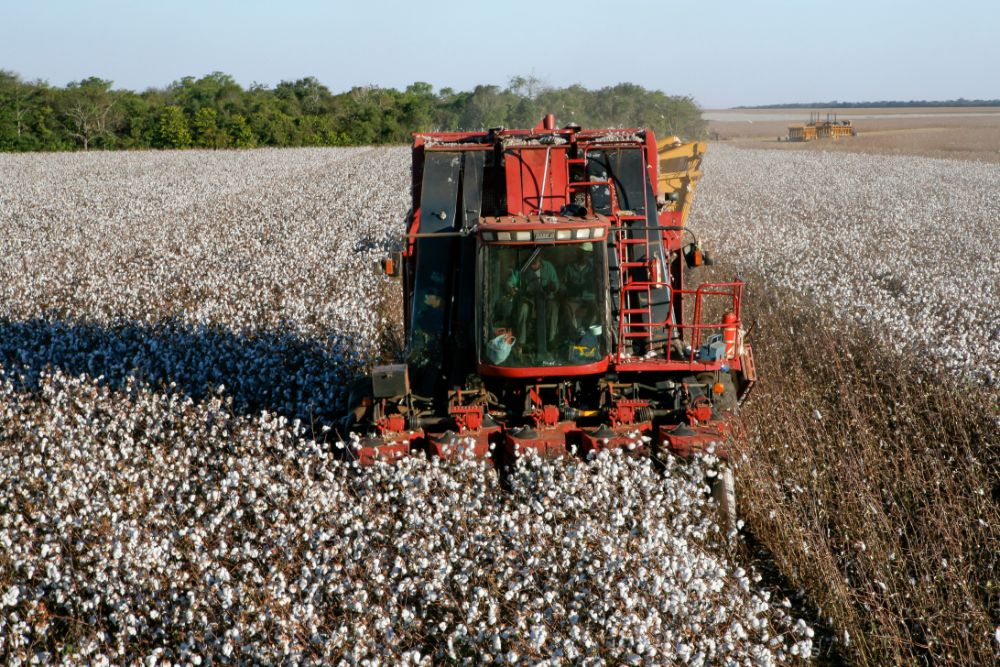Maintaining your cotton harvester in optimal condition is critical for efficient harvesting and protecting your equipment’s lifespan. Among the many components that make up this complex machinery, the cotton spindle demands regular attention. Knowing when and how often to replace your spindles is essential to ensure your harvester operates effectively and avoids costly downtime. What
READ MORESpindles
How Often Should I Replace the Picking Units on My Cotton Harvester?
When it comes to cotton farming, efficiency is paramount. Every decision made impacts not only the yield but also the quality of the harvest. The picking units are undeniably crucial among the numerous components that make up the cotton harvester. Understanding when and how often to replace these components is key to maintaining optimal performance
READ MOREHow to Safely Clean Your Cotton Picker
Are you new to cotton picking? Or could you use a refresher on how to properly clean your cotton picker and cotton picker parts? If so, you have come to the right place! Here at Certi-Pik, USA, we have decades of experience in producing high-quality cotton picker parts, and servicing and repairing them as well.
READ MOREThe Function and Importance of the Cotton Picker Spindle
Ever since the advent of agriculture, people have been developing technologies, techniques and devices that are designed to promote efficiency, increase yield and cut down on time and labor. Different crops are planted, grown and harvested with different kinds of machinery and products, and everything that is used during the agricultural process plays an important
READ MOREWhat Is a Cotton Picker Spindle and Why Is It So Important?
As you would when you own any large piece of machinery, the best way to ensure you are using, cleaning and maintaining your cotton picker spindle properly is to have a basic idea of its function and mechanics. Having this understanding will also come in handy when you go to purchase replacement parts from a
READ MORE
